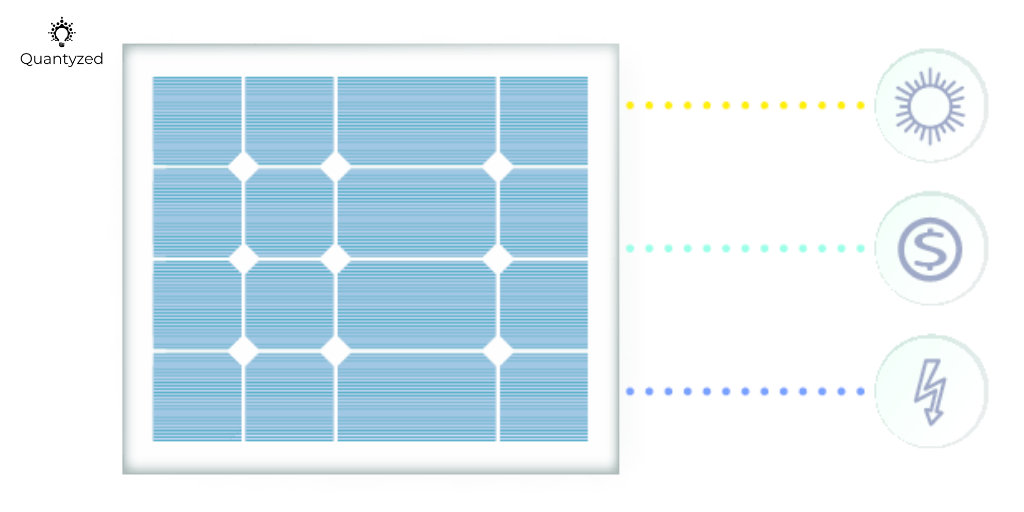Photovoltaic (PV) Operations and Maintenance (O&M) Data
As solar assets start to incorporate more complex components such as storage batteries, owner operators and (Independent Power Producers (IPP's) face an increasingly challenging job managing photovoltaics (PV) operations & maintenance (O&M). For an owner/operator of a large-acreage solar farm, a robust, well-integrated data and analytics "early warning" system is key to ensuring reliable production at lowest cost. Any delays in detecting issues under the surface can rapidly result in losses in production, outages or worse.
For instance, the tragic cause of last year's November wildfires in California were PG&E’s gaps in O&M.
In order to avoid unexpected production losses, you need to answer the following key questions:
How do you know that a problem has happened and it's severity?
How do you get alerted to that information quickly without false positives?
In which equipment or location did it happen?
What's the cause and the best remedy?
To answer these questions, modern solar installations use a range of vendor software to manage O&M. However, each vendor software system keeps a separate copy of your data in their own proprietary data format and every O&M department may have their specific procedures, priorities and approach. This can create a number of challenging issues for PV O&M managers:
Failure or warning reports that are most useful to you, may not be available in a single vendor system but need to be "cobbled together" from multiple systems.
Critical preventative information that crosses system boundaries can easily "fall through the cracks", leading to reduced production and expensive remediation.
Each of these systems usually contains only a subset of your data which may be hard to join up with the data you're entering into other systems.
These partial data sets being maintained across multiple systems quickly result in vendor lock-in because moving the data to a newer system becomes too hard.
For these reasons, it’s important for you to have a copy of your own data to avoid lock in.
Keeping your own database presents a number of challenges because it contains lots of data with varying size, shape, speed, weight and cleanliness. In a PV O&M scenario, that data can arrive in large volumes and in real time from IoT or other sophisticated sensors distributed across a large area, or from drone-captured imaging data.
In particular, drone-captured or other camera-captured imaging data needs to be joined up and correlated carefully with other data in your other management and monitoring systems to be useful rather than overwhelming for large installations.
A good O&M data solution allows you to connect all your different, proprietary vendor API’s together while allowing you to join up, manage & maintain all of that data in clean and easily accessible / usable form for later purposes like predictive analytics and AI/ML.
Organizing data and optimizing O&M data systems is a key part of our work at Quantyzed. We help our partners have full control over their solar assets/installations from the design stage in the beginning to ongoing operations and maintenance. To learn more about how we can help you organize your data streams and put together a meaningful dashboard of data for your PV O&M system, contact us for a free consultation.

